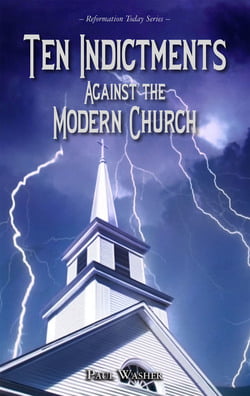
Ten (10) indictments against the modern Church
Church Planting – Leadership by
Paul Washer
“Ten Indictments Against the Modern Church” is a sermon preached at the Revival Conference in Atlanta in 2008. “Paul Washer delivered an urgent appeal to the Christians and churches in North America: that many have been believing a false gospel and have false assurance of their salvation! He listed ten indictments against the modern church system in America. This is a historical urgent message. Tell others and spread the message! We need a reformation and revival of a Biblical standard!”—Greg Gordon (Revival Conference Organizer)
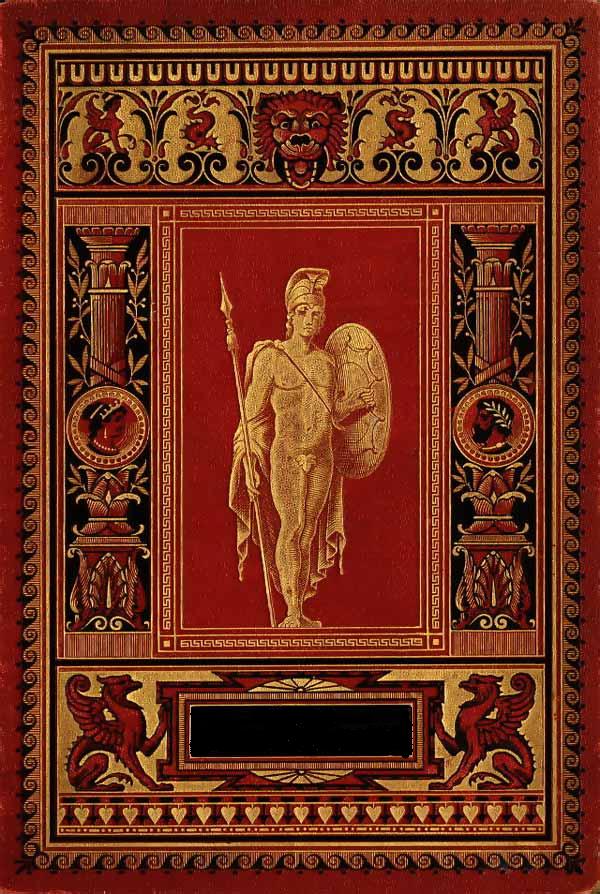
Before Jerusalem Fell
Church pre A.D. 70 by
Gary North
“Before Jerusalem Fell: Dating the Book of Revelation” is a doctoral dissertation seeking to demonstrate that Revelation was written prior to the destruction of the Jewish Temple in AD 70 and that it was prophesying that event. It proves this early date for Revelation by providing both internal evidence from within Revelation and external evidence from Church history and tradition. It provides much exposition of the text of Revelation.
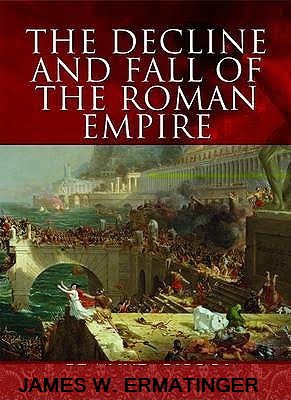
Decline and Fall of the Roman Empire
Society and Politics by
James W. Ermatinger
In the 250 years between 250 and 500 C.E., Rome found itself transformed from a mighty global empire into a limited collection of Germanic kingdoms. The aspiration exhibited in these kingdoms (as well as in Constantinople and later in the person of Charlemagne) to recreate and reclaim the glory of the Roman Empire persists to this day, and an examination of this time is critical to anyone interested in politics or history.
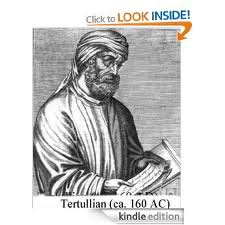
Christianity by its founder, Tertullian
Early Latin Church by
Tertullian
This particular volume focuses on the work of Tertullian, who is often called the “father of Latin Christianity.” It brings together three of his most important works. These writings were heavily influential on the early Church, and for good reason, as they are inspirational and encouraging. These volumes also come with many useful notes, providing the reader with new levels of understanding. Overall, Ante-Nicene Fathers, or any part of it, is a welcome addition to one’s reading list.

History of the Origins of the Church
Early Church by
Earnest Renan
“The History of the Origins of Christianity
The fifteen or sixteen years of religious states history comprised in this volume in the embryonic age of Christianity are the years with which we are best acquainted. Jesus and the primitive Church at Jerusalem resemble the images of a far-off paradise, lost in a mysterious mist. On the other hand, the arrival of St Paul at Rome, in consequence of the step the Author of the Acts has taken in closing at that juncture his narrative

Anti Nicene Fathers–12 Patriachs
Early Church by
Various Early Authors
This book brings together the writings of the early Church fathers prior to the fourth century Nicene Creed. These volumes are noteworthy for their inclusion of entire texts, and not simply fragments or excerpts from these great writings. The translations are fairly literal, providing both readers and scholars with a good approximation of the originals. These writings were heavily influential on the early Church, and for good reason, as they are inspirational and encouraging.
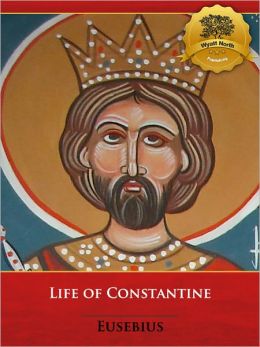
Church History – Life of Constantine
Early Church by
Eusibius Pamphilius
Roman Empire Christian; Eusebius wrote his life and preserved his letters so that his policy would continue. This English translation is the first based on modern critical editions. Its Introduction and Commentary open up the many important issues the Life of Constantine raises.
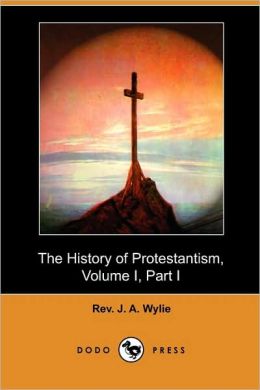
History of Protestantism Vol 1
Church History by
James Aitken Wylie
The History of Protestantism’ by J. A. Wylie, is an incredibly inspiring work. It pulls back the divine curtain and reveals God’s hand in the affairs of His church during the Protestant Reformation. Through the centuries, the sacrifices and victories of God’s faithful people have often been obscured and forgotten. Now once again, you can read the fascinating story of how truth triumphed over error, principle over falsehood, and light over darkness. Your heart will be stirred by the lives of Protestant heroes, and your mind captivated by God’s simple means to counteract the intrigues of its enemies in both church and state.